Newton's Laws of motion -> historical interpretation
Historical Interpretation
Historical interpretation refers to the process of analyzing and understanding the past through the examination of historical sources, events, and evidence. It involves examining various perspectives and viewpoints to form a comprehensive understanding of historical events and their significance.
Key Concepts
- Primary Sources: These are firsthand accounts or original documents from the time period being studied, such as letters, diaries, photographs, and official records.
- Secondary Sources: These are interpretations and analyses of primary sources by historians and scholars, including textbooks, academic articles, and documentaries.
- Perspective: Understanding that different individuals and groups may have different viewpoints and interpretations of historical events based on their background, culture, and experiences.
- Historiography: The study of how history has been written and interpreted over time, including the influence of bias, politics, and societal norms on historical narratives.
- Critical Thinking: The ability to evaluate and analyze historical evidence, question assumptions, and form well-reasoned interpretations of the past.
Study Guide
Here are some key questions and activities to deepen your understanding of historical interpretation:
- What are examples of primary sources from a specific historical period or event? How do they provide insight into the experiences of individuals living at that time?
- Compare and contrast two different historical accounts of the same event from different perspectives. How do they differ in their interpretation and portrayal of the event?
- Research a controversial historical event or figure and examine how different historians have interpreted and portrayed it. What factors may have influenced their interpretations?
- Create a timeline of historical interpretations of a significant event or era, noting how interpretations have evolved over time and the factors contributing to these changes.
- Engage in a class discussion or debate on a historical interpretation, presenting evidence and arguments to support your viewpoint while considering alternative perspectives.
By engaging with these concepts and activities, you can develop a deeper appreciation for the complexities of historical interpretation and enhance your critical thinking skills when studying the past.
.◂Science Worksheets and Study Guides Fifth Grade. Newton's Laws of motion
Study Guide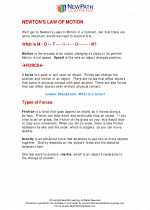 Newton's Laws of motion
Newton's Laws of motion  Activity Lesson
Activity Lesson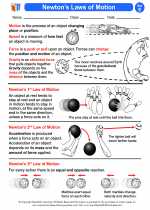 Newton’s Laws of Motion
Newton’s Laws of Motion  Worksheet/Answer key
Worksheet/Answer key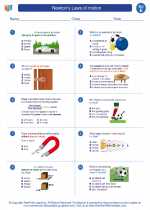 Newton's Laws of motion
Newton's Laws of motion  Worksheet/Answer key
Worksheet/Answer key Newton's Laws of motion
Newton's Laws of motion  Worksheet/Answer key
Worksheet/Answer key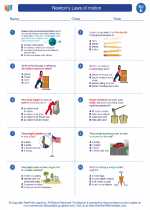 Newton's Laws of motion
Newton's Laws of motion  Worksheet/Answer key
Worksheet/Answer key Newton's Laws of motion
Newton's Laws of motion  Vocabulary/Answer key
Vocabulary/Answer key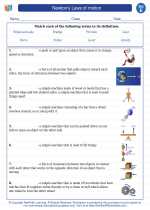 Newton's Laws of motion
Newton's Laws of motion  Vocabulary/Answer key
Vocabulary/Answer key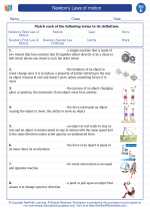 Newton's Laws of motion
Newton's Laws of motion 

 Activity Lesson
Activity Lesson
 Worksheet/Answer key
Worksheet/Answer key
 Worksheet/Answer key
Worksheet/Answer key
 Worksheet/Answer key
Worksheet/Answer key
 Worksheet/Answer key
Worksheet/Answer key
 Vocabulary/Answer key
Vocabulary/Answer key
 Vocabulary/Answer key
Vocabulary/Answer key

The resources above cover the following skills:
PHYSICAL SCIENCE (NGSS)
Motion and Stability: Forces and Interactions
Students who demonstrate understanding can:
Support an argument that the gravitational force exerted by Earth on objects is directed down.